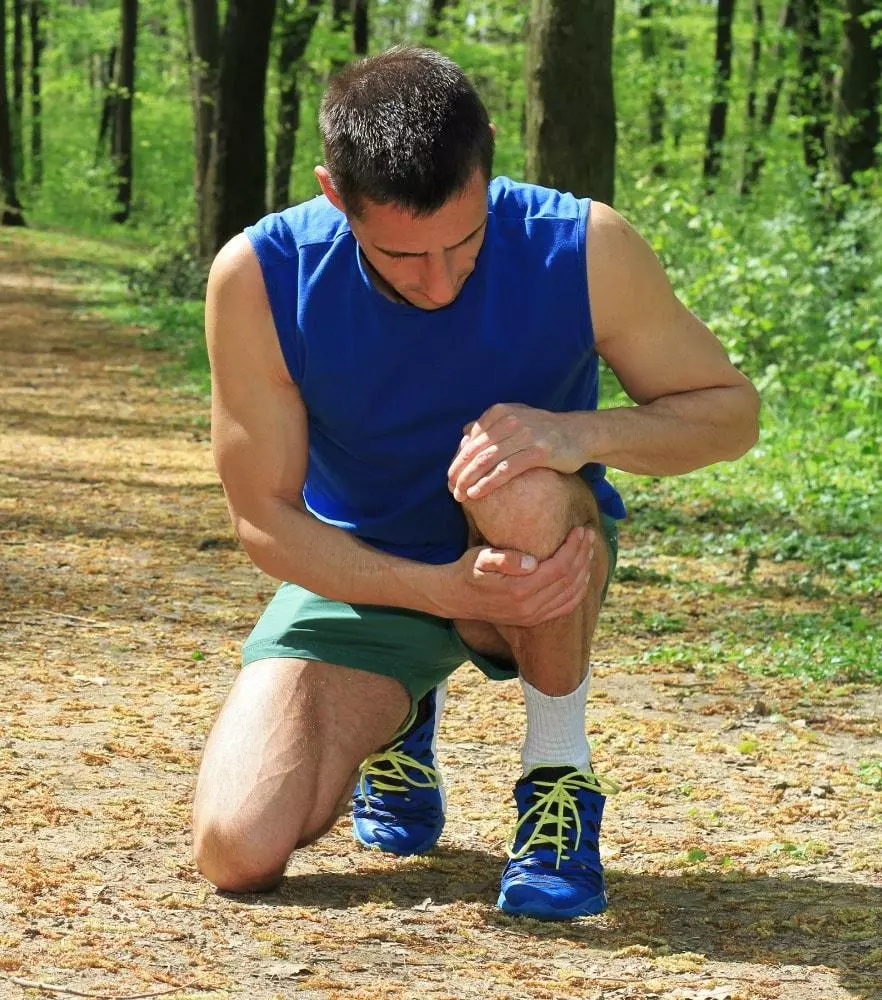Hip pain can stem from various causes, including arthritis, muscle strain, bursitis, or hip impingement. The pain often limits mobility and reduces quality of life, making everyday activities challenging. Managing hip pain effectively allows individuals to maintain physical activity and overall health. Here is more information on practical strategies for staying active while addressing hip discomfort through exercise modifications, lifestyle adjustments, and pain management techniques:
Utilizing Low-Impact Exercise
Low-impact exercises provide movement benefits without adding to hip pain. Swimming ranks among the most beneficial activities for hip pain sufferers. Water buoyancy reduces joint pressure while allowing a full range of motion. Pool walking, water aerobics, and gentle swimming strokes strengthen muscles surrounding the hip joint while minimizing discomfort.
Cycling offers another excellent low-impact option, as stationary bikes allow for controlled movement that strengthens the hip flexors and surrounding muscles. Recumbent bikes provide additional back support, making them suitable for those with concurrent back pain. Start with short sessions and gradually increase duration as comfort improves.
Walking remains accessible for most people experiencing this pain. Proper footwear with adequate cushioning and arch support reduces impact on hip joints. Walking on soft surfaces like grass or tracks provides additional joint protection compared to concrete sidewalks. Treadmills with shock absorption features offer controlled environments for consistent exercise.
Stretching and Strengthening
Targeted stretching addresses muscle tightness that contributes to hip pain. Hip flexor stretches help counteract prolonged sitting positions that create muscle shortening. The standing hip flexor stretch involves stepping one foot forward into a lunge position while keeping the back leg straight. Hold this position for 30 seconds on each side.
Piriformis stretches target deep hip muscles that can compress nearby nerves when tight. Lie on your back and cross one ankle over the opposite knee. Pull the uncrossed leg toward your chest until you feel a stretch in the hip of the crossed leg. Maintain this position for 30 seconds before switching sides.
Hamstring stretches reduce tension in muscles that connect to the pelvis and affect hip function. Simple seated stretches involve extending one leg while reaching toward the toes. This movement should create a gentle pull along the back of the thigh.
Modifying Lifestyle Factors
Excess weight increases pressure on hip joints during weight-bearing activities. Maintaining a healthy weight through balanced nutrition and appropriate exercise reduces joint stress and associated discomfort. Proper posture during sitting and standing activities affects hip alignment and pain levels. Ergonomic chair adjustments support natural spine curves and reduce hip flexor tightness.
Heat and cold therapy provide temporary pain relief and support recovery. Apply heat before activities to warm muscles and improve flexibility. Use cold therapy after exercise to reduce inflammation and numb acute pain. Alternate between treatments based on individual response and comfort levels.
Sleep position modifications can reduce nighttime hip pain. Side sleepers benefit from placing a pillow between their knees to maintain proper hip alignment. Back sleepers may find relief with a pillow under their knees to reduce hip flexor tension.
Get Treatment for Hip Pain
Managing pain while maintaining an active lifestyle requires patience and consistency. Start with gentle movements and gradually progress based on comfort levels. Track activities and pain levels to identify patterns and successful strategies. Professional guidance from physical therapists or healthcare providers can provide personalized exercise programs and treatment recommendations. They can assess individual movement patterns and address specific limitations affecting hip function.

